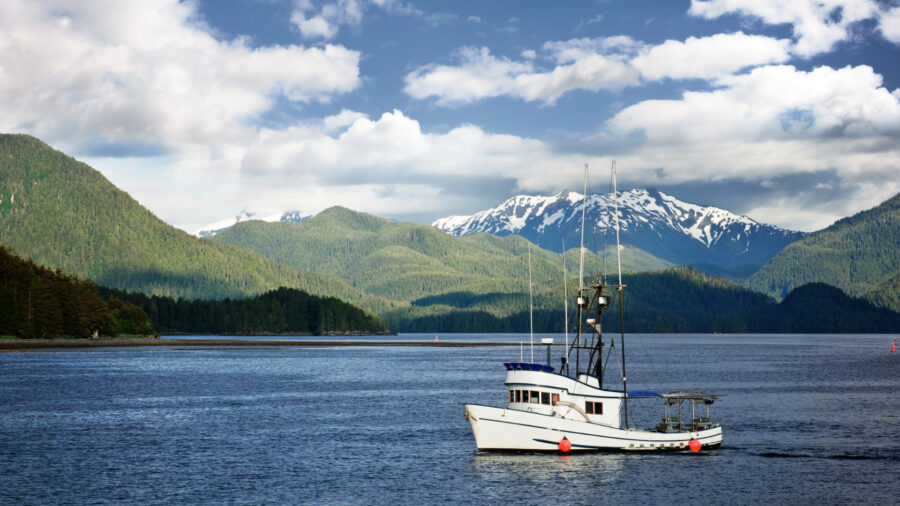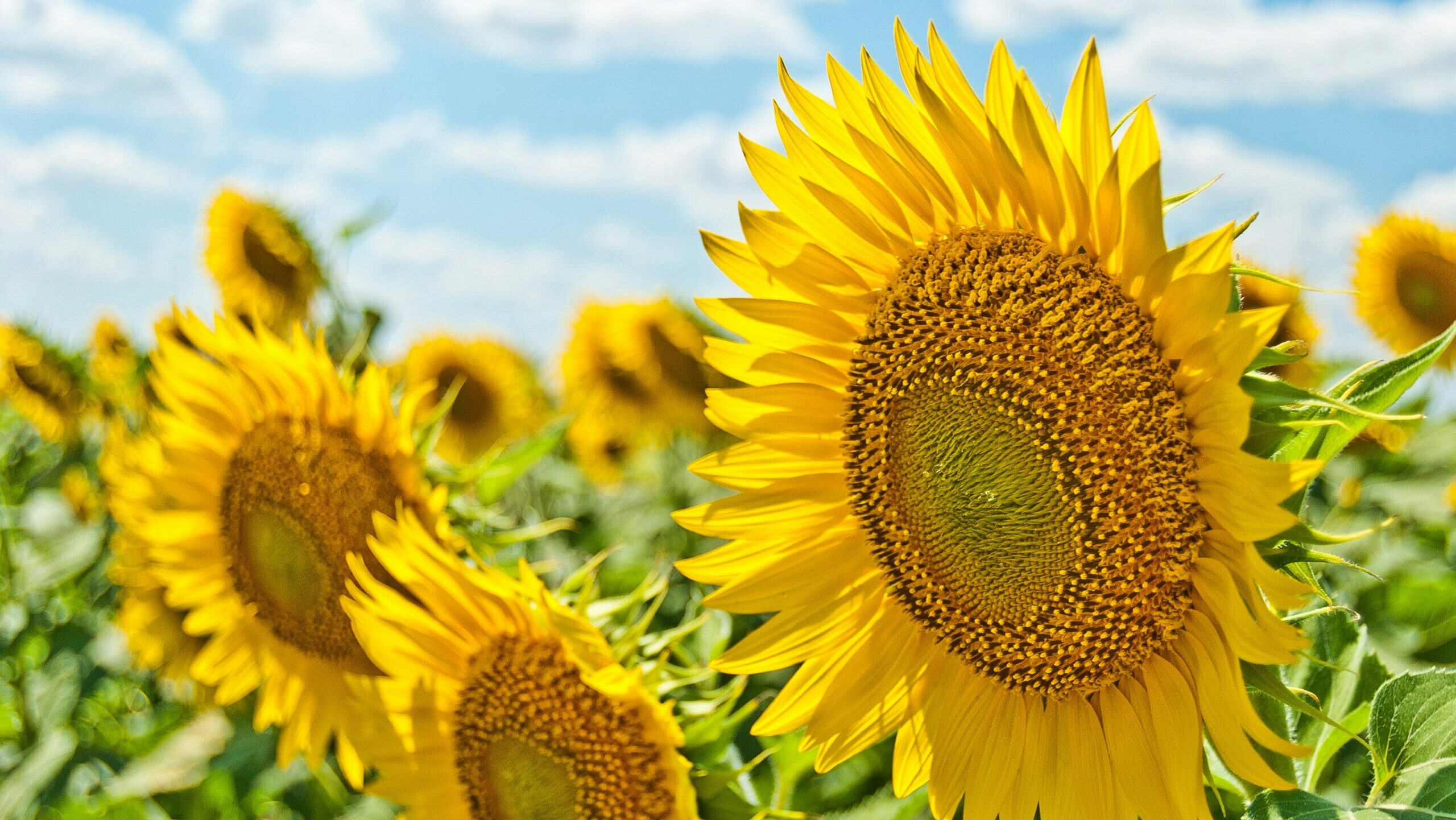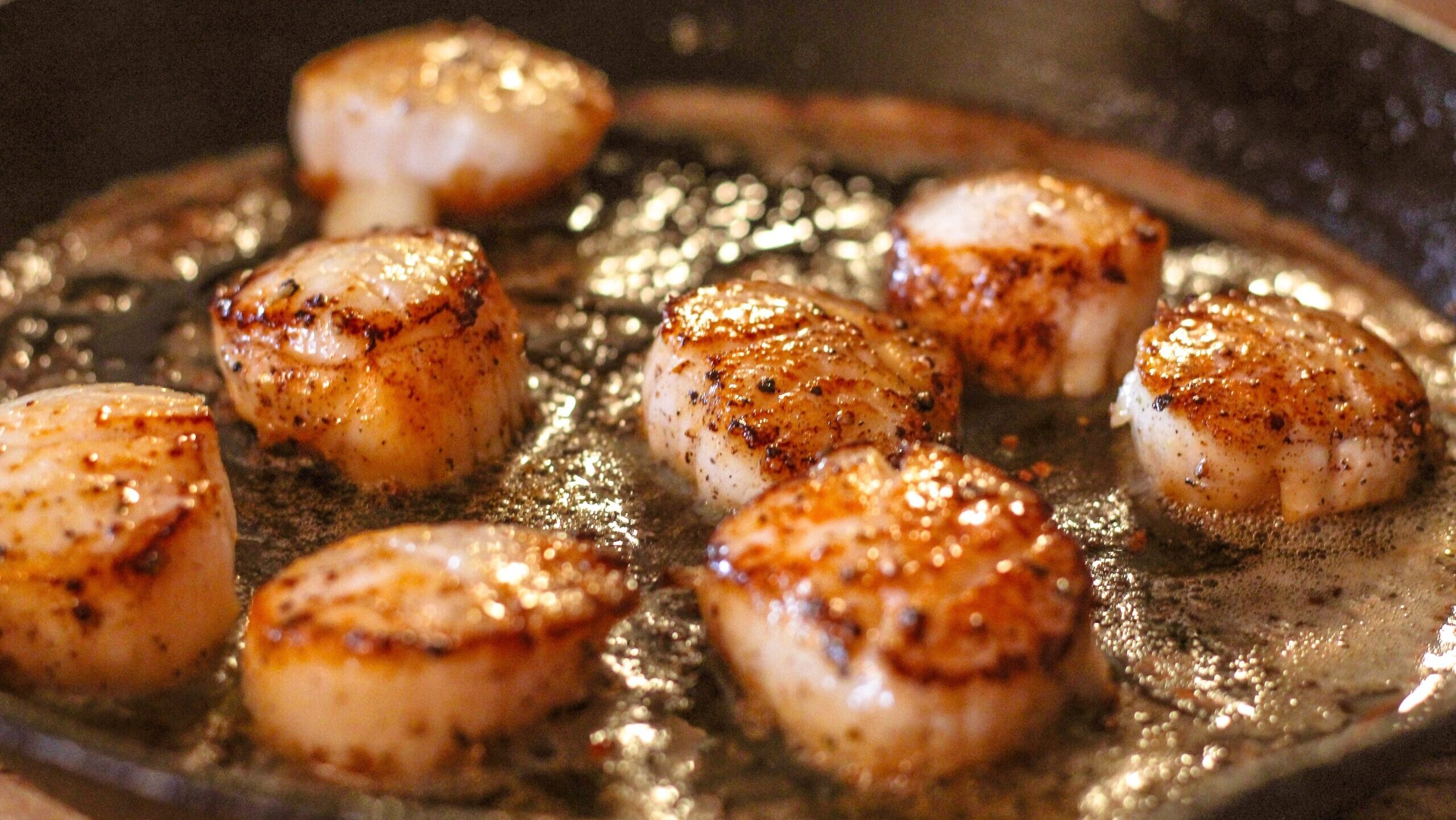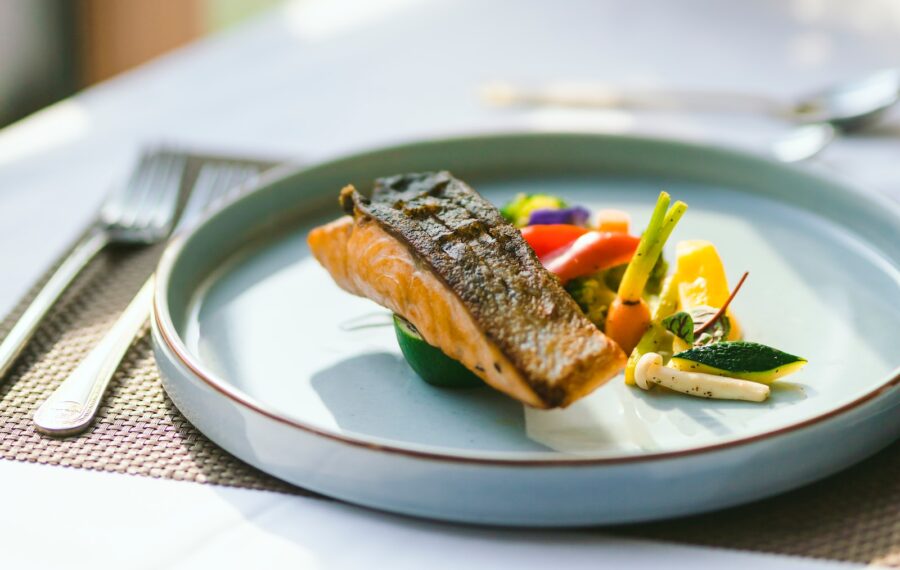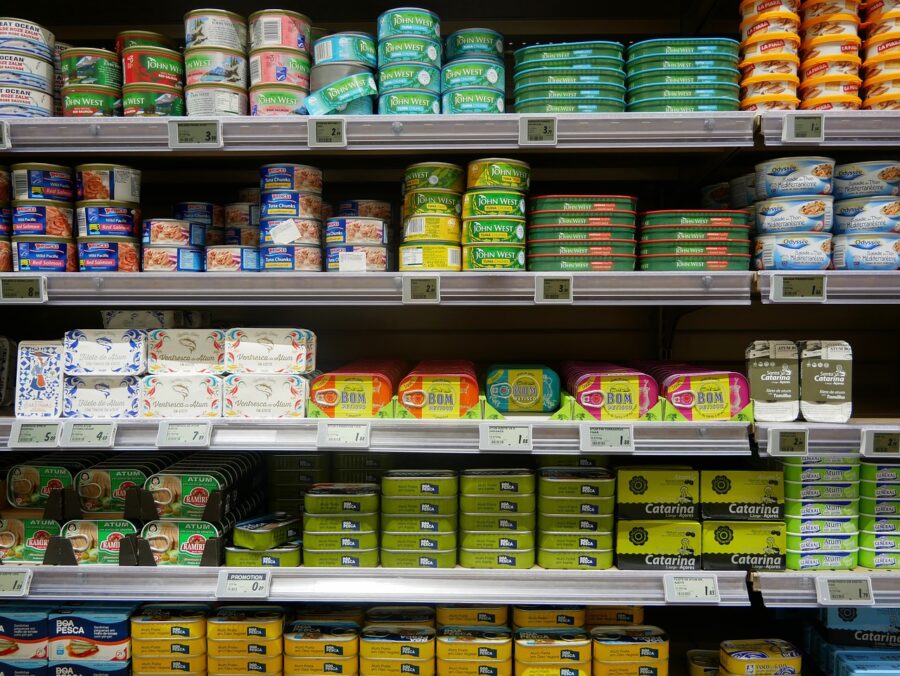From all-you-can-eat crab night at your local chain restaurant to freshly caught, boiled, seasoned, and served crab platters up and down the northern coasts, the cancelation of the Alaskan snow crab season has upended an entire chain of fishing, restaurant, grocery, and wholesale industries with one of its seasonal (and most delicious) mainstays: that of the venerable, salt-encrusted Alaskan snow crab.
The annual National Oceanic and Atmospheric Administration (NOAA) 2022 summer trawl survey revealed ongoing significant losses in mature male and female snow crab abundance (22% and 33% lower than 2021 results, respectively), prompting a closer look at the data and the decision to cancel, for the first time ever, the snow crab season. Allowing the immature snow crab population – of which the survey indicated should be strong – time to grow and continue to proliferate in the frigid Bering Sea is tantamount to revitalizing this crucial economic resource.
Alaskan snow crabs live in the ice-cold waters of the Bering Sea between Alaska’s Aleutian Islands and southeast of Russia. Their carapaces (main bodies) are typically 4-6 inches wide and weigh 2-4 pounds, though their eight legs and main pincers can stretch much farther. They can be found as deep as 1,200-1,500 feet, scrambling away from predators such as bearded seals, octopi, and Pacific cod as they graze off the continental shelf or on the ocean floor. Low in calories and high in protein, they’re one of those rare ubiquitous delicacies that gourmands of every stripe can agree upon – namely, that it’s very enjoyable to crack open a leg, smother the flesh in butter and lemon, and enjoy a meal in the company of friends.
That is an experience many may be bereft of this year, however, as the estimated loss of snow crab numbers 10 billion, and 10 billion is not a number easily replaced. According to the Alaska Department of Fish & Game (ADF&G), there were roughly 11.7 billion snow crabs in the Bering Sea in 2018. This year, that number plummeted to just 1.9 billion – a loss of more than 85%. In other words, it is possible (and a little unthinkable) that the Alaskan snow crab harvest may not return to previous levels for years.
Weathering the Storm
“The snow crab caught everyone off guard,” said Scott Goodman in an interview with The Food Institute.
Goodman is president of Natural Resources Consultants, a marine resource and environmental consulting firm in Seattle that works closely with state and federal stakeholders on species population, fishery research and development, and more. He is also executive director of the Bering Sea Fisheries Research Foundation, a crab-industry nonprofit research group, and has been a respected cooperative research leader and marine industry consultant for over 20 years.
“One of the largest pulses, or recruitments of crab population growth, was recorded from about 2015 to 2018,” he said, “and it started to collapse in 2019. There was no survey in 2020, and the 2021 numbers were some of the lowest ever recorded.”
Given his experience and breadth of knowledge, Goodman is uniquely poised in the fisheries industry to assess this crisis as he works closely with fishermen and scientists. He’s as knowledgeable as he is passionate about the crisis and stresses the multi-tier effort from the state and federal level it will take to not only understand what happened to Alaskan snow crab, but to revitalize the species in the coming years. He cites three areas that are critically important to save the Alaskan crab fishery and, to no lesser extent, the people who depend upon it.
“First, disaster relief needs to be expedited; these boats and processors are losing their largest-volume resource and the ability to make a living. Disaster relief in fishing usually takes years, and we need more emphasis on this to expedite relief.
“Next, we need flexibility built into the current management system. There are many overlapping state and federal principles and biologically determined guidelines that predicate the world-class Alaska crab fishery; it’s a strong, data-driven system of many decades that helps manage healthy populations and ensure other fisheries’ futures, and it needs to adapt and be more flexible on some past rules and regulations to help solve this crisis in a reasonable timeline.”
“Last, many of the Alaskan crab fisheries need more focus and energy on research and development. Alaska has always been a robust global icon for sustainable fishing, and there’s an opportunity to foster that side of it more in ways that will directly benefit the crab below the surface and the people above who depend upon them.”
Goodman pauses and tries to put all the recent headlines, stories, ideas, and opinions into perspective.
“The snow crab fishery is the one we’re the most worried about,” he says. “Snow crabs are everywhere; in terms of biomass they’re the largest species we harvest at this scale, and yet they’ve experienced the most dramatic collapse. It’s not just the big ones, not just the females nor the juveniles—they’re mostly gone.”
Despite low survey numbers for the 2021 season, the news still came as a visceral shock, even to Goodman. Alaskan snow crab populations are monitored very well and are part of a sophisticated system known as “rationalized” fishing, in which effort – the number of vessels – is consolidated and harvesters are issued catch shares based on their history and performance. In other words, rationalization is specifically designed to foster species’ populations and to ensure sustainable harvests today, tomorrow, and for as long as the system is in place.
Cracking Into the Snow Crab Mystery
Suddenly disappearing oceanic phenomena is the province of the Bermuda Triangle and other flat earth conspiracy theorists, not usually that of marine biologists, fishing communities, and the untold vendors, entrepreneurs, stakeholders, business owners, retailers, grocers, chefs, and all the ancillary touchpoints of the food business that touch them. Where did the crab go? And why?
Wes Jones is fisheries, research, and development director for the nonprofit Norton Sound Economic Development Corporation, and he told Time earlier this year that a bout of snow crab-inflicted mass cannibalism may be the culprit. Others point to global warming and rising sea temperatures as the primary culprit, while some simply utter this: overfishing.
That’s one word Goodman is hesitant to use in a casual sense. He said it doesn’t really describe the situation, as all the data and people responsible for keeping coastal populations healthy did not have cause for wild alarm until the results of the 2021 survey arrived.
“There’s an understanding among most groups that this collapse was not driven by fishing,” Goodman said. “When stock gets low, you close or diminish the fishery. It’s not reactionary – it’s part of reasonable management. You need to protect the stock so it rebounds.”
Goodman reiterates the negative connotations and frigid, sea-salted images of stormy weather and empty nets that usually accompanies the word overfishing. “The law uses the word overfished, but it’s just not accurate in the case of snow crab,” he said, “and it’s awful to have this fishery closed for the first time. But in terms of conservation, it’s built into the system.”
When 10 billion units disappear from an industry, there’s a gaping hole that must be filled. The repercussions are felt in all the obvious places – in coastal fisheries and the communities and families they support. Then the effect trickles down into seafood restaurants and other associated stakeholder industries, all around the country in less well known (but no less reliant upon) foodservice businesses taking advantage of the latest in food trends and flavor profiles, as reported by The Food Institute.
“For seafood producers like myself, this year’s cancelation of the Alaskan snow crab season and the issue of pulling the certification of Maine Lobsters by the Stewardship Council and Seafood Watch are indeed a big blow to our businesses,” said Joe Bowab, founder of Lobster Anywhere, to The Food Institute.
“Although the supplies may not completely disappear, it will be really hard and costly for us to find alternative suppliers. What we can do for now is minimize the loss in revenue and prepare for the expected hikes of the available supplies and other seafood varieties,” Bowab continued. “Also, I do see that this decrease in supplies for Alaskan snow crab and Maine lobsters offers some optimism for the wider seafood industry; this can be the best time to discover and hype up other seafood varieties to consumers and market them to support the economic catch-up of the seafood industry.”
To that end, Bon Appetit recently noted that Hook & Reel, a rapidly expanding Cajun seafood chain jumping on the spicy food trend, has been forced to pivot on its snow crab offerings. Other seafood restaurants and spice-centric establishments have been forced to do the same, adjusting menus, monitoring inventory and prices, and reckoning with the long-term viability of an industry in emergency mode.
That’s not to say crab – even some snow crab – won’t be available where it’s expected. And species such as tanners and brown (aka golden) crab will also be available, just at elevated prices. Still, the thought that keeps many up at night isn’t how will we replace the snow crab?, but something far more consequential – what if this is just the beginning?


